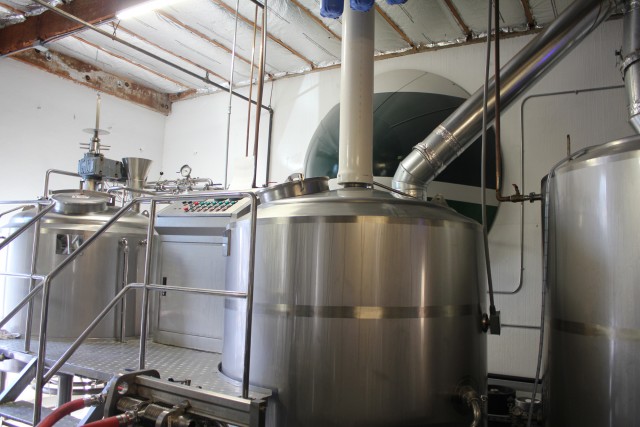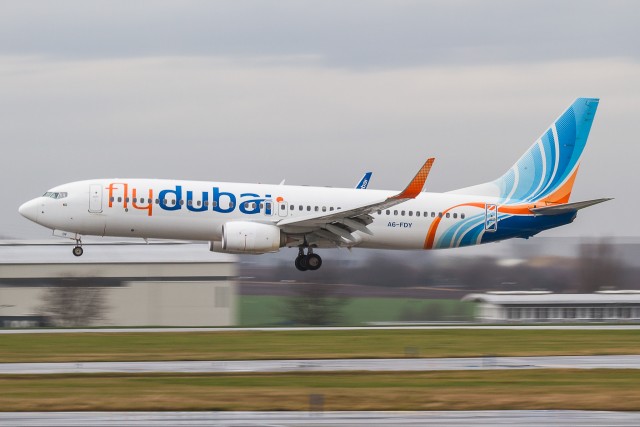
flydubai Boeing 737-800 landing in Prague – Photo: Jacob Pfleger | AirlineReporter
FLYDUBAI ECONOMY CLASS FLIGHT REVIEW BASICS:
Airline: flydubai
Aircraft: Boeing 737-800
Departed: Prague (PRG)
Arrived: Dubai (DXB)
Stops: Non-stop flight
Class: Economy Class
Seat: 16A
Length: About six hours
Airline flydubai is one of the fastest growing low-cost carriers (LCCs) in the Middle Eastern region. Since commencement of operations in 2009, flydubai’s network has grown considerably and today they operate to over 83 destinations with a fleet of more than 45 Boeing 737-800s.
Flights to Prague commenced in December 2014 and, at present, Prague is the furtherest destination that flydubai operates. I decided to book my next trip to the UAE with flydubai, as their fare was by far the cheapest. Fares on the Prague-Dubai route start at US$230 for a round-trip (including checked luggage and a meal).
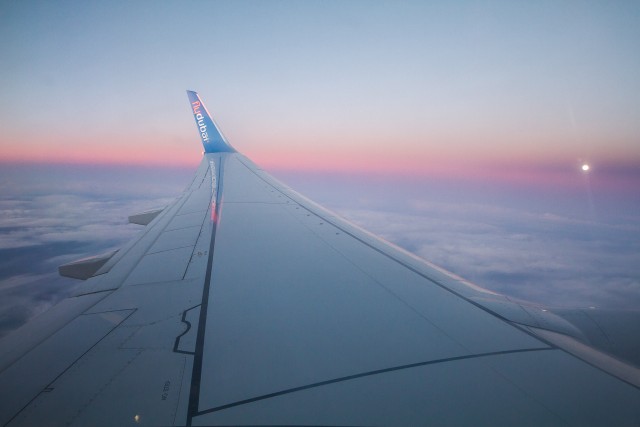
Not a bad view on the way to Dubai – Photo: Jacob Pfleger | AirlineReporter
As this was an LCC and a relatively long flight on the 737, I decided to pay the extra US$20 each way for an exit row seat, which was well worth it. One criticism I have is that at present, flydubai only offers on-line check-in on flights originating from Dubai; this means I had to check-in at the airport, something I have not done in a very long time.

The amazing label for the new #AvGeek beer from Airways Brewery
I like planes. I like craft beer. I like being an #AvGeek. Let’s combine them all!
Airways Brewing Company and AirlineReporter are very excited to announce the new #AvGeek beer! It is a Hoppy Pale Ale and one of the coolest parts? It is using “experimental hop 727.” Who doesn’t love a 727, either being the tri-holed airliner or a hop?
No, this is not a paid advertisement. No, I am not getting any kickbacks here. Yes, I should say that I have been able to enjoy some of this beer. But when something this cool comes along, from a few good people, we surely want to share!
I met the brewery owners, Alex and Dione, a while back — actually at a different brewery. I fell in love with the concept of an airline-themed brewery and we became fast friends. During our discussion, they asked if I liked the idea of an #AvGeek-themed beer. Um, yes please!
They have been working hard to get it ready, and if you are going to Aviation Geek Fest; good news! It’s going to be served at the AvGeek Social on Saturday night (there are still Mini Tickets for sale, where you get to attend the social).
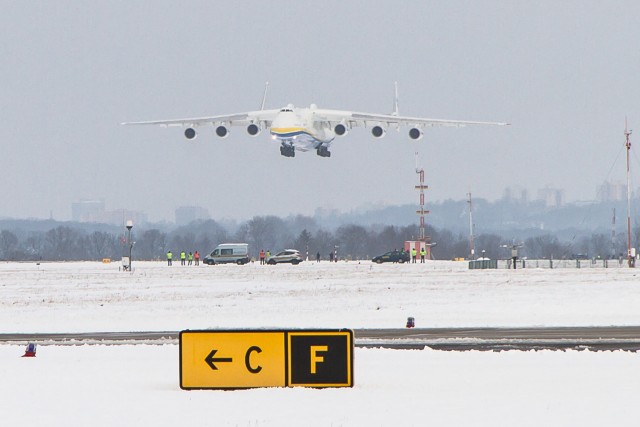
Mriya on short final in Ostrava – Photo: Jacob Pfleger | AirlineReporter
There are many items still left on my AvGeek bucket list, but last week I was fortunate enough to cross a pretty BIG one off.
I was very excited to be invited to witness the arrival of the world’s largest aircraft ever produced, the mighty Antonov An-225. Nicknamed “Mriya”, which is the Ukranian word for dream. The aircraft first flew in 1988 and is the only plane of its kind in service today. There was a second model built to about 70% completion, but due to funding problems it remains in a desolate state in Kiev.
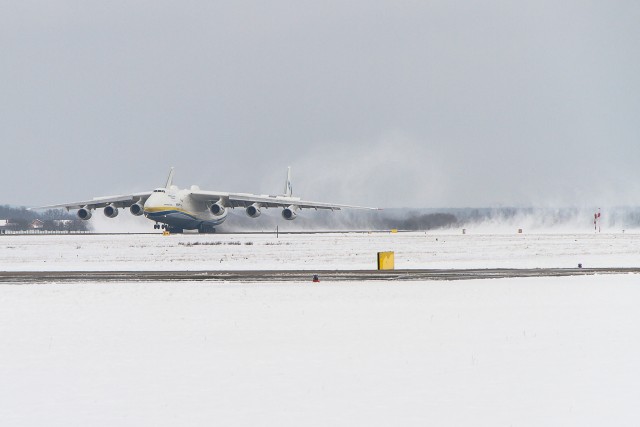
Touchdown!! The whole landing sequence seemed very slow-motion due to the aircraft size – Photo: Jacob Pfleger | AirlineReporter
The original mission scope of the aircraft was to carry the soviet spacecraft Buran, much like the American version of the 747-based Shuttle Carrier Aircraft. Following the collapse of the Soviet Union, the aircraft remained in storage for almost a decade before it was brought back into operational service as a cargo air-lifter, operated by Antonov Airlines. Mriya is primarily based in Kiev, Ukraine but has completed various missions all around the world.
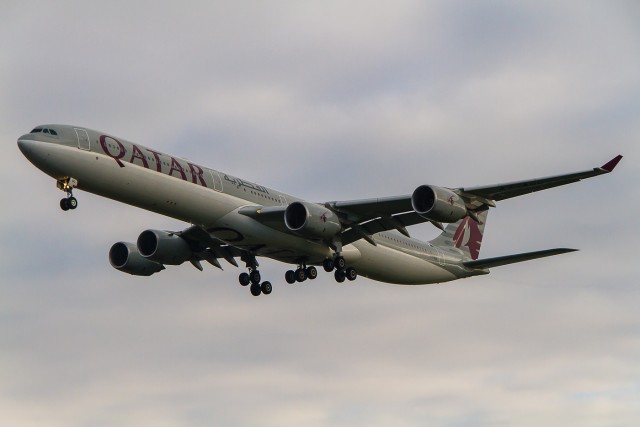
Qatar Airways’ A340-600 at LHR – Photo: Jacob Pfleger | AirlineReporter
QATAR AIRWAYS A340-600 ECONOMY CLASS FLIGHT REVIEW BASICS:
Airline: Qatar Airways
Aircraft: Airbus A340-600
Departed: Dubai (DXB)
Arrived: Doha (DOH)
Stops: Non-stop flight
Class: Economy Class
Seat: 38A
Length: About 1 hour
On a recent trip to the Middle East, I had to take a flight from Dubai (DXB) to Doha (DOH). While the flight distance is only around 235 miles, with flight times rarely more than one hour, there is a surprisingly large selection of flight options. These range from low-cost carriers such as Fly Dubai right through to the full service options of Emirates and Qatar Airways.
As I had never flown Qatar Airways before, I thought I would give them a go, especially given all the hype about them being a five-star airline. Qatar runs many flights per day between the two cities, and they pretty much utilize their entire fleet on the route from A319/A320s right through to Boeing 777-300ERs. The type that excited me the most, however, was the Airbus A340-600, a type normally used more for ultra-long-haul 14+ hour flights rather than hot hops across the Arabian Gulf.
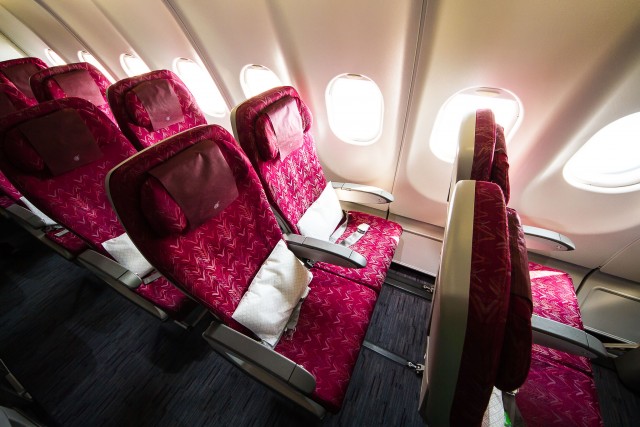
Economy class on the A340-600; the color takes some getting used to – Photo: Jacob Pfleger | AirlineReporter
I arrived at Dubai Airport Terminal One a little over two hours prior to departure. Having now experienced all three passenger terminals at Dubai Airport, I must say T1 is the worst by far. While the terminal is functional, the demand for the terminal far outweighs its capacity. It took me one hour, yes one hour, to get from the check-in desks to my departure gate. Most of this time was spent waiting in the line for outbound immigration. It was not that there were not enough desks open – in fact they were all open – but there were just too many passengers to process at the time.
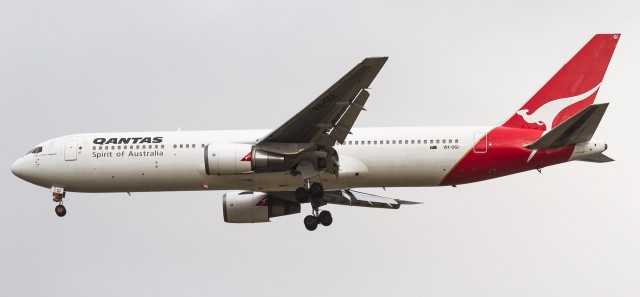
Qantas’ Boeing 767-338ER, a common sight in Australian skies over the past 30 years – Photo: Jacob Pfleger | AirlineReporter
The 27th of December marked the end of an era in Australian aviation. Qantas retired the Boeing 767 fleet from passenger service.
Let’s take a brief look at the history of this true workhorse and Australian icon that has been part of the Qantas fleet for almost 30 years. Qantas took delivery of its first 767, a -200 series extended range aircraft, in 1985. The type was first introduced on the carrier’s services to southeast Asia as well as on trans-Tasman and Pacific routes.
In 1987, the carrier placed an order for the larger -300ER series. The -300ER not only had a larger capacity but also an increased range and more powerful General Electric CF6-80 engines. The 767-300ER was delivered to Qantas in a two-class configuration. There were two variants of this configuration, one for international service which had 25 business class and 204 economy class seats, and the domestic configuration, which had 30 business class seats and 224 economy class seats.
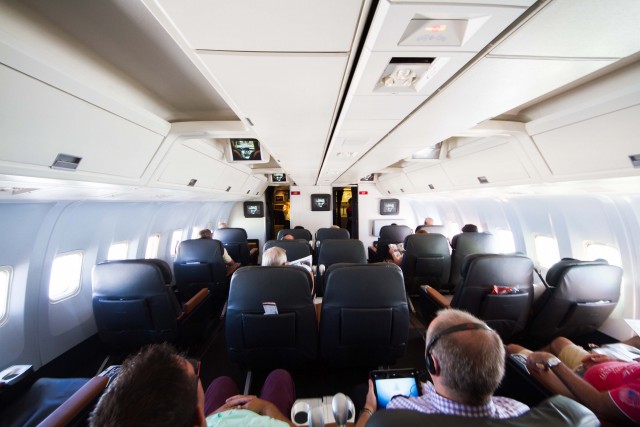
A unique configuration, 1-2-2 on the international version of the Qantas Boeing 767-338ER – Photo: Jacob Pfleger | AirlineReporter
The internationally-configured 767s were unique in that business class was configured in a 1-2-2 layout, and the 767s were the first Australian aircraft to offer in-seat IFE in business class. The economy cabin was also unique in that there was a “pod” at the front of the cabin for crew rest, as well as two rows of seats at the rear portioned off for additional crew rest.
Following the deregulation of the Australian domestic market in 1990, Qantas was permitted to once again operate domestic flight routes. With the introduction of the 767 into the fleet, and the domestic deregulation which allowed for increased passenger demand, Qantas used the 767 on domestic Australian flights. The domestic market is where the aircraft really became a true Australian icon. It was deployed on pretty much every major domestic route within the country; the most popular routes were the transcontinentals to Perth, as well as the main east coast triangle routes connecting Sydney, Melbourne, and Brisbane.



